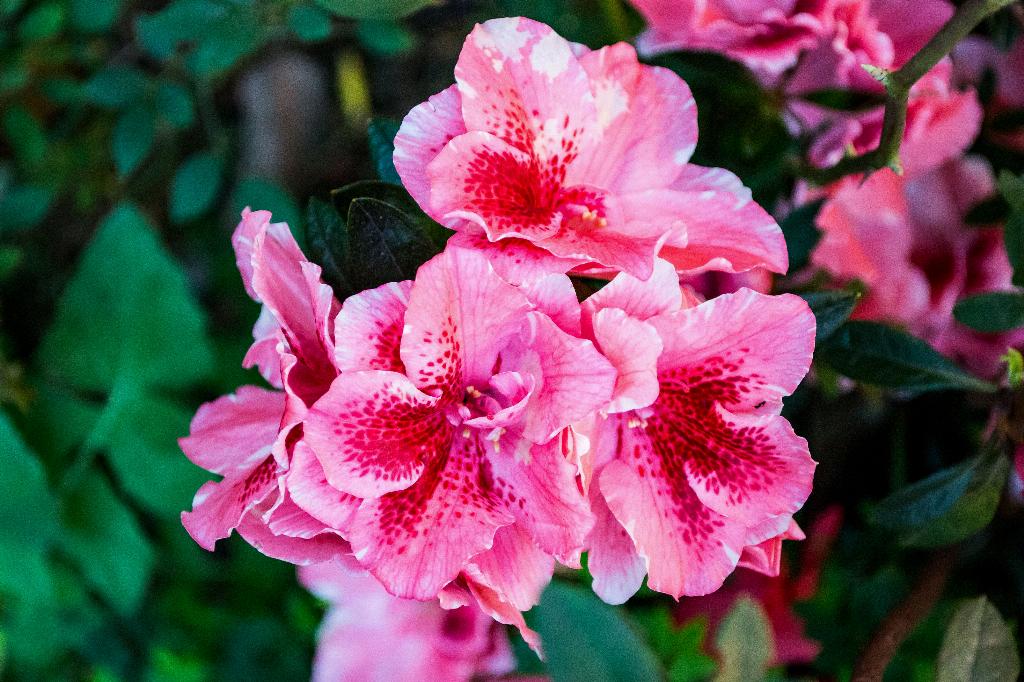So, you’re considering planting tropical hibiscus outside? Let’s dive into what you need to know before getting your hands dirty in the garden. Tropical hibiscus plants are iconic for their stunning blooms and lush green foliage, perfect for creating a backyard oasis.
Understanding Tropical Hibiscus Plants
Tropical hibiscus plants are a sight to behold with their vibrant flowers in an array of colors, from pink and red to yellow and orange. These plants thrive in full sun, making them ideal for brightening up any outdoor space with their beauty.
Zones for Planting Hibiscus Outdoors
When it comes to planting hibiscus outdoors, it’s essential to consider your climate zone. Tropical hibiscus plants can only survive outdoors in the winter in zones 10-12, where the temperatures are warm enough to support their growth.
Preparing Your Outdoor Space for Hibiscus
Before planting your tropical hibiscus outdoors, make sure to prepare the soil adequately. These plants prefer well-draining soil rich in nutrients, so consider amending the soil with compost to ensure optimal growth.
Choosing the Right Location
When selecting a spot to plant your hibiscus outdoors, look for an area that receives full sun. Hibiscus plants thrive in sunlight and need at least six hours of direct sunlight daily to bloom beautifully.
Planting Your Tropical Hibiscus
When it’s time to plant your hibiscus outdoors, dig a hole slightly larger than the root ball and gently place the plant in the hole. Make sure the top of the root ball is level with the soil surface and backfill with soil, pressing gently around the plant to secure it in place.
Watering and Care Tips
After planting your hibiscus outdoors, be sure to water it regularly to keep the soil moist but not waterlogged. Adding a layer of mulch around the base of the plant can help retain moisture and suppress weeds, promoting healthy growth.
Pruning and Maintenance
Regular pruning is crucial for maintaining the health and shape of your outdoor hibiscus plant. Remove any dead or damaged branches, as well as spent flowers, to encourage new growth and prolong blooming throughout the season.
Fertilizing Hibiscus Plants
During the growing season, consider fertilizing your hibiscus plant with a balanced fertilizer to provide essential nutrients for healthy growth and vibrant blooms. Follow the product’s instructions for application rates and frequency.
Pest and Disease Control
Keep an eye out for common pests like aphids and spider mites that can damage hibiscus plants. Regularly inspect the foliage for any signs of infestation or disease, and promptly treat any issues to prevent them from spreading.

Enjoying the Fruits of Your Labor
With proper care and attention, your hibiscus plant will reward you with a profusion of colorful blooms that brighten up your outdoor space and attract pollinators like butterflies and hummingbirds. Sit back, relax, and enjoy the beauty of your thriving tropical hibiscus plant!
